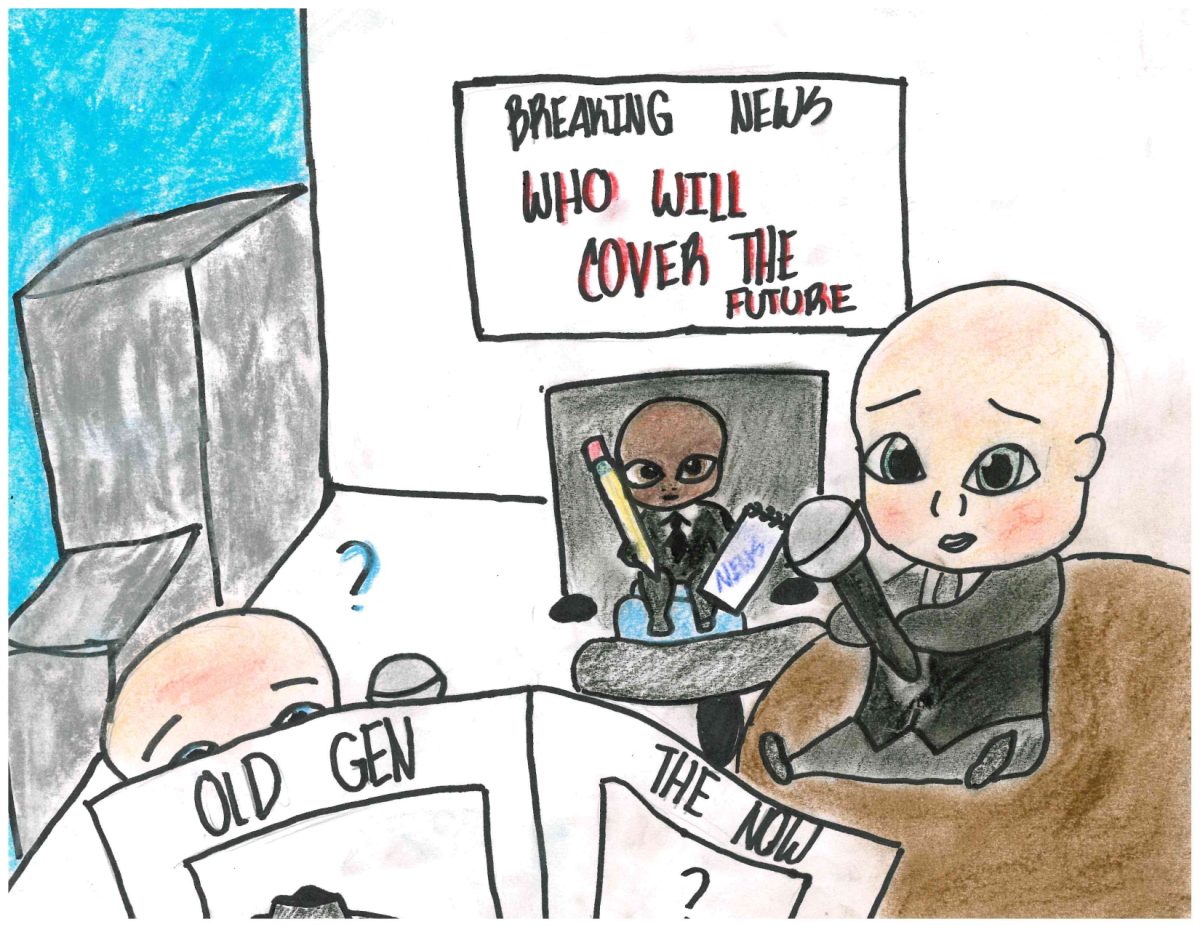Driving back from a Thanksgiving in South Carolina we stopped to refuel at a place called “South of the Border” just south of North Carolina.
The place is essentially a standing example of what cultural appropriation is.
The whole town is adorned with cartoon-like sombreros and heavy-set Mexican men with mustaches and colorful sarapes riding equally cartoon-like donkeys.
Cultural appropriation is defined by the dictionary as “the inappropriate adoption of the customs, practices, ideas, of people by members of another and typically more dominant people.”
White girls wearing a traditional Hindu bindi as a “cool”piece of jewelry is cultural appropriation.
This is an example of cultural appropriation, because the girl is likely not aware of the religious significance of the bindi.
In an age of globalization and social media, cultural appropriation is inevitable, however there are cases of cultural appropriation which are unequivocally wrong and need to be avoided.
Do not do blackface.
Blackface is never okay.
This goes for any ethnic stereotype as well. When choosing a Hallowwen costume or any other costume, just avoid anything where your face would be painted a colour different than your own.
When it comes to any sacred garments or traditions, just avoid them.
To be clear– do not wear any sacred headdresses or take part in any sacred ceremonies.
There are certain areas of cultural appropriation where it seems like people are too sensitive and too quick to call appropriation.
There is a very real distinction between appropriation and appreciation.
One can have an understanding of the Japanese kimono and its significance and wear one without it being cultural appropriation. The reason for this is because the person wearing the kimono is coming from a place of appreciation and understanding for the culture from which the garment belongs.
A lesson of utmost importance, though, is to listen.
As people coming from a place of privilege, we must listen to when people deem something as inappropriate or cultural appropriation.
We cannot raise tempers, instead just listen and understand the arguments and learn from it.
With her recent cultural appropriation scandal, Kim Kardashian was called out for naming her new line of shapewear “Kimono.”
The argument being she was appropriating the Japanese garment by naming her shapewear after it and trademarking the name.
Kardashian responded to this claim by saying she meant it to be, “a nod to the beauty and detail that goes into a garment.”
This situation is more nuanced than a single person wearing a kimono, because Kardashian would be profiting off of the appropriation.
Whether her justifications were genuine or not, she would be profiting off of the appropriation, which is inherently wrong.
After the backlash against the name, Kardashian has renamed the brand to “SKIMS.”
Cultural appropriation is offensive
In an age of being politically correct and globalization, cultural appropriation is a term heard more and more. It, however, is not to be ignored. Cultural appropriation is damaging and offensive.
0
More to Discover






